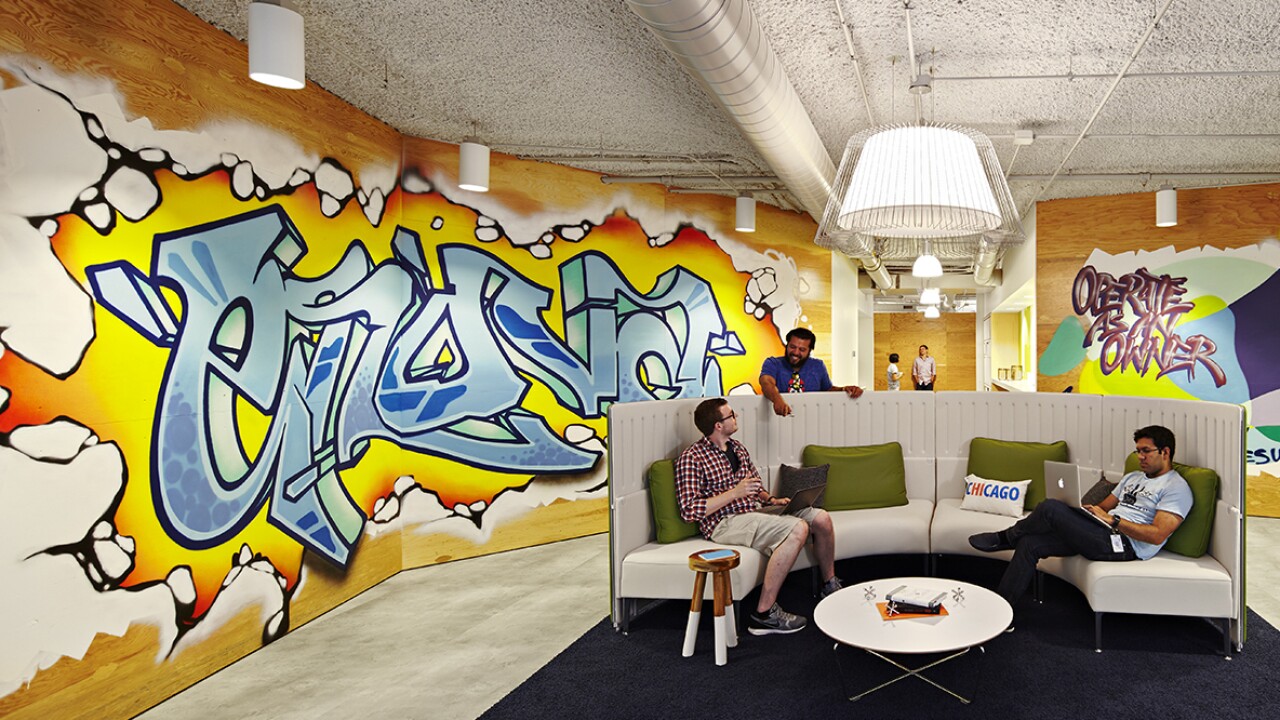The pandemic's most poignant insight is that humans are resilient and capable of making rapid changes at a moment's notice.
The decade-old technologies that have shaped pandemic work life—remote working, video conferencing, and chat tools—are just now being integrated into the mainstream. Those who met resistance when advocating for a company ethos around remote work five years ago can sit back and marvel at the pervasive acceptance it now enjoys.
The key to understanding what drives change is grasping what impacts a company's core survival needs. How any individual or entity responds to new information is always filtered through its guiding ethos, ultimately rooted in psychology. We all look out for our basic needs: food, water and warmth. Companies do the same thing on a larger scale. Threats are examined on the horizon, and we adjust accordingly. But how could something like a lack of automation not have tripped our radar for so long?
Think back to the early school days. A time when basic concepts were beginning to build on one another with increasing complexity. You learned about the interlocking circles of a Venn Diagram, but what you also learned was the hierarchy of needs introduced by Abraham Maslow.
The pyramid's base houses the most basic survival needs: food, water, sleep, warmth. The next level introduces more psychological needs, including safety, trust and stability. Moving up the diagram to the third level, we see that relationships are responsible for connection: family and friend relationships that foster belonging. And the final two levels include some form of self-actualization related to mastery, self-growth and achievement to recognition for one's passions and gifts. The idea is that one cannot achieve self-actualization at the top of the pyramid without first satisfying all the needs in the rows beneath it.
Now apply this model to businesses, which also perceive certain values and needs to be more important than others. However, modern digitization may often be considered unessential or at least a secondary need, even for startup businesses.
Pre-pandemic, some businesses pegged digital innovation as a top-of-the-pyramid issue, which is to say, an issue of minimal importance. So what if we're still cutting paper checks, relying on manual data entry, or putting notifications in the mail instead of updating our customers in real time? Beliefs like this have caused a delay in response to shifts that more streamlined companies made long ago.
In 2020, businesses of all sizes had to respond with an agility only known to startups. Teams restructured. Staff was reduced. Companies drove their network security engineers into the ground, ensuring safe VPN access and deploying cloud solutions for remote employees at scale. Automation needs, presumed to live in the third or fourth tier, dropped straight to the bottom of the company's pyramid overnight, making them far more important than originally perceived. Rainy-day upgrades weren't so leisurely after all as engineers pulled them into the hub and furiously engaged.
The lessons are cogent. Decentralized models of work and productivity aren't peripheral needs. Instead, they're a survival strategy to address any future challenge a business can face.
Start by looking at what doesn't work. Through painful shortages during the pandemic, companies have learned how decisive vulnerabilities can show up in places as obscure as data security and supplier pipelines. A happy ecosystem of suppliers who are paid on time is essential to daily production. Suppliers played a central role in many hospitals' fight for survival to ensure staff was adequately prepared with PPE equipment, from masks to gloves and gowns. Many institutions are still facing the grave effects of chronic shortages as they attempt to save lives. Manufacturers are taking hits to their bottom line from a lack of raw materials necessary to create products. Supply chains, a formerly invisible actor in the great relay of goods and services, are now center stage. While some of the shortages were genuinely unpreventable for issues stemming further upstream from suppliers, ensuring suppliers are paid correctly and on time is no small thing.
Your business might be in survival mode with suppliers if you are only leveraging manual paper check payments. It's great if you have a form of payment you already know vendors will accept. You might think that paper payments, while not glamorous, aren't entirely broken. And yet, the collection of in-person signatures has been increasingly taxing on your office staff with social distancing requirements. Approvers can live in vastly different locations, making payment approvals a chore. There is limited visibility in your payment ecosystem. Still, things mainly get addressed, notwithstanding occasional backtracking to chase down remittance details for suppliers, manually log payment data changes, and other headaches. And let's not even begin to mention the security risk of housing supplier data!
Or maybe, as it stands now, you are only partially automated. Your front-end process, like invoice scanning, has received a digital upgrade, but the circle is incomplete. You're still printing stacks of paper checks, licking envelopes, and filing bank details for suppliers in cabinets—data that is subject to change at any moment. Maybe some suppliers have asked for ACH or complained about wait times for check-printing. Still, you fear others will have trouble receiving an electronic method of payment. This holds you back from making 100% of your supplier payments electronically.
Automation doesn't necessarily require foresight to be successful—older businesses are not chained to the processes they adopted at their inception. But prioritizing it going forward bakes resiliency into your company's growth. The beauty of enabling a unified process for all of your company locations, bank, suppliers and payment methods means a load off your AP staff and increased intelligence tools and capabilities to run your back office remotely. Breathe easier with a business that can adapt under the pressure of change. Be in the best shape possible to create brand trust by moving AP automation from the "nice to have" to the "now" category.





